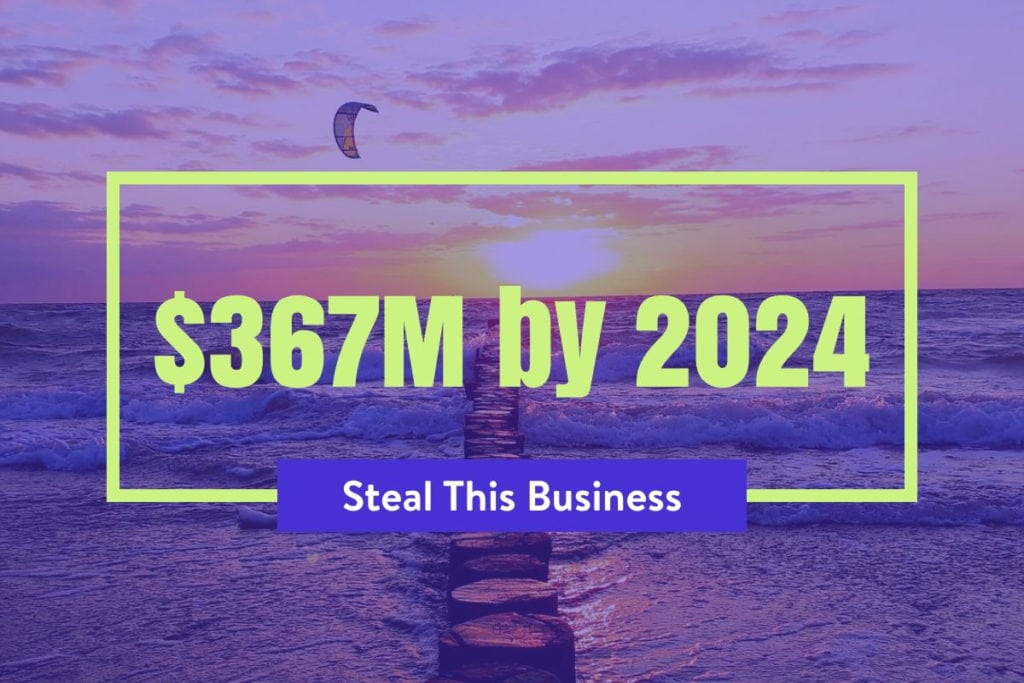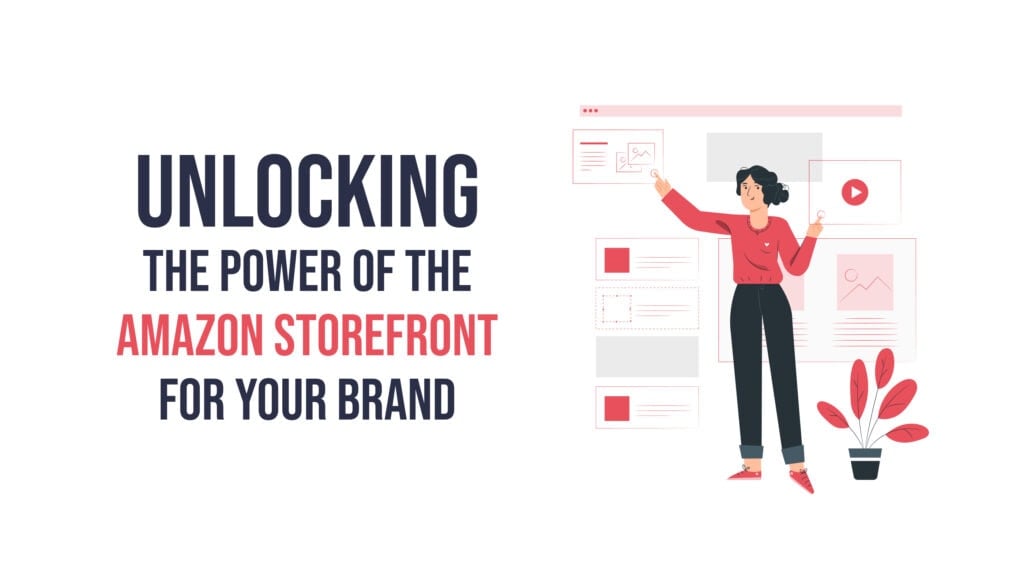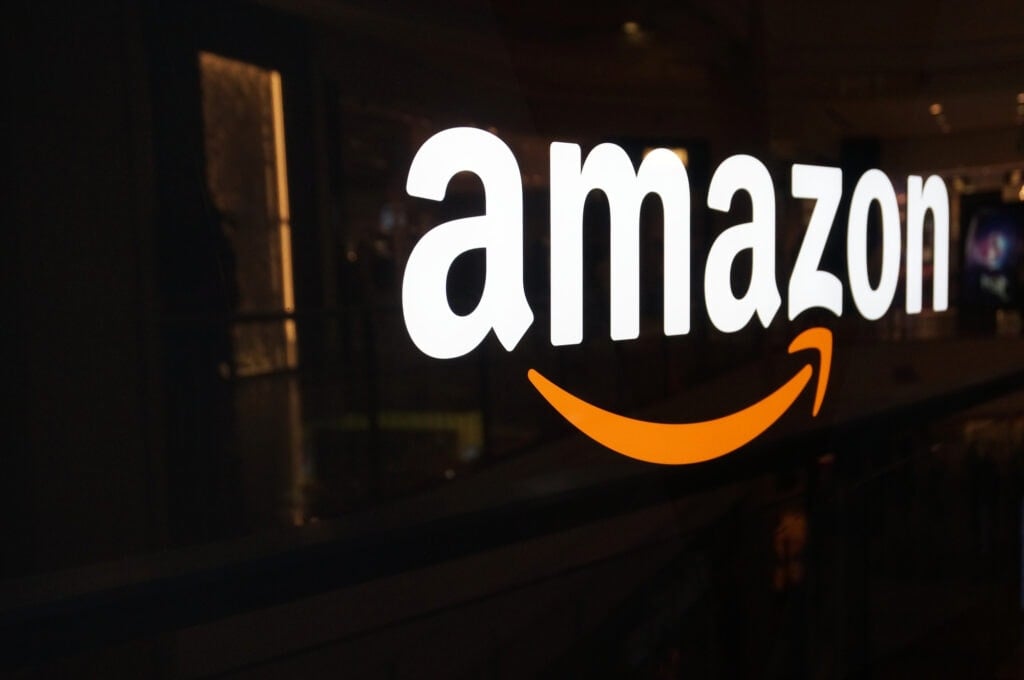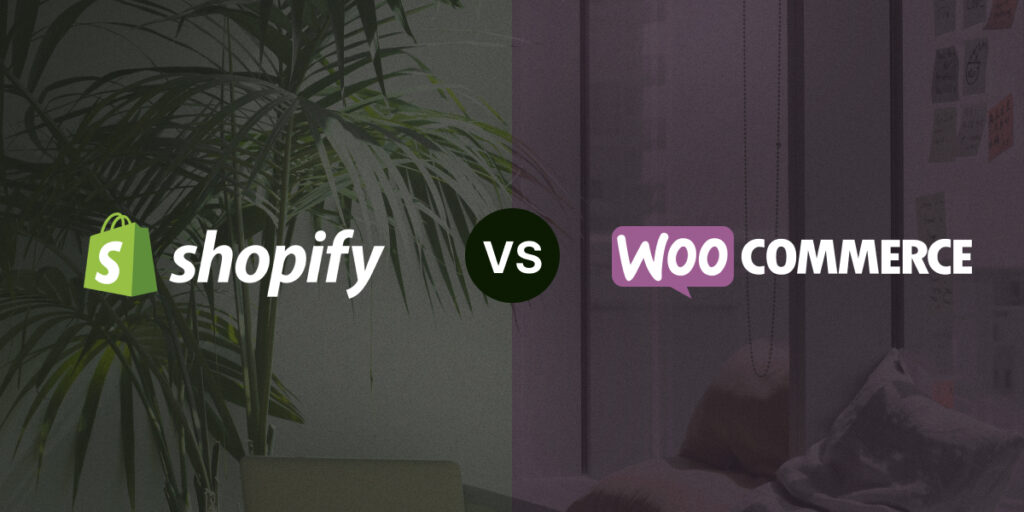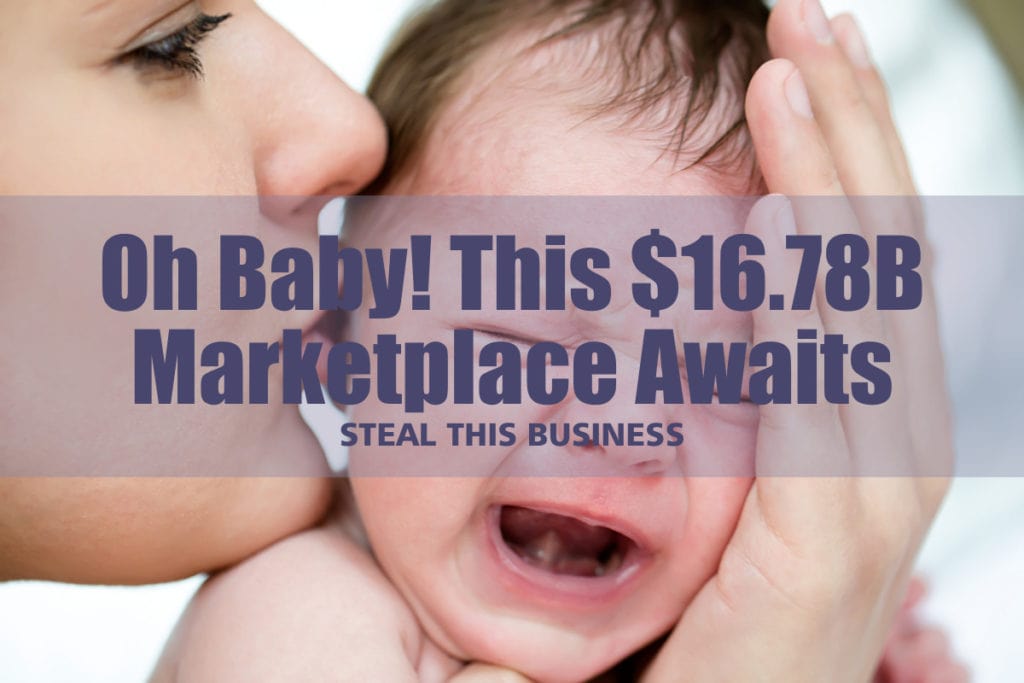Get Ready to Make Waves and Take Flight in the Thrilling $367.01M Kiteboarding Industry
Ready to experience the thrill of a lifetime? Kiteboarding, also called kitesurfing, is the latest extreme sport craze. All you need is a board, rope, and kite. Wind gusts pull participants along water or land, launching more advanced riders into the air. It combines the thrill of surfing, skateboarding, paragliding, and wakeboarding into one heart-pounding ride.
This modern sport first entered the scene in the late 1970s, but it didn't rise in popularity until around 1995. And in 2020, the COVID pandemic added more fuel to the already blazing kiteboarding fire. Government mandates and regional quarantines left people feeling isolated and lonely. Pretty much every indoor venue closed its doors for months. The only safe place to go was outside.
Kitesurfing became an exciting way for people to entertain themselves during quarantine. Being outdoors reduced the likelihood of catching the virus, and learning the sport gave beginners a way to leave their homes safely. While other industries struggled to survive, the kite sports market enjoyed a sudden uptick in revenues. Google Trends reported an increase in kiteboarding-related searches in March 2021, well before the typical summer surge.
Today, kitesurfing has grown into a multibillion-dollar industry. Business Wire predicts the global kiteboarding equipment market will grow at a CAGR of 9% and reach $367.01 million by 2024—not too shabby for a once indie-only sport. It's also the perfect extreme niche for entrepreneurs looking for an adrenaline rush.
Brands Making Waves in the Kiteboarding Industry
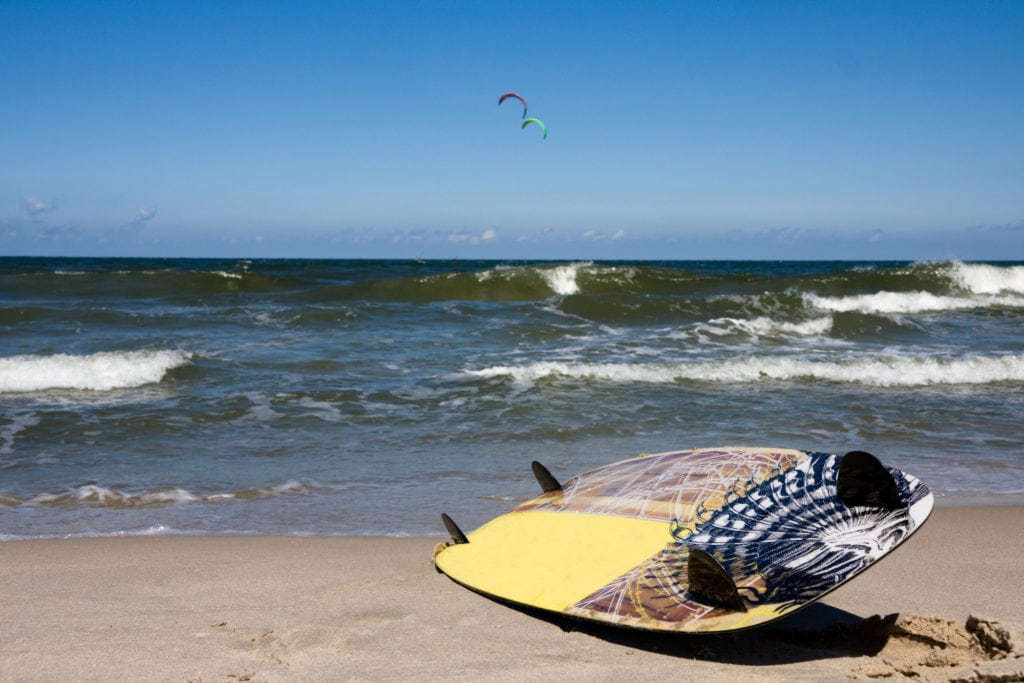
As more people started taking up kiteboarding in the 90s, a need for better kites, more efficient gear, and custom accessories arose. Entrepreneurs stepped up to the proverbial board to launch more innovative products. And most of them had one thing in common—they were also die hard kitesurfers. But don't take our word for it. Check out these top industry brands:
VADATEK
Daniel Digby is a water sports fanatic—he spent most of the 90s wakeboarding in South Georgia. But when he started kiteboarding, he realized the boot binding system was archaic. He founded VADATEK in 2016 to solve this problem. Daniel spent countless hours in his basement building step-in bindings. After several failed prototypes, he finally found a design suitable for both wakeboarding and kiteboarding.
Daniel bootstrapped VADATEK from the ground floor. And as an avid kiteboarder, he wouldn't settle for anything less than perfection. After launching the brand's Syntax bindings, others in the industry took notice. A 2020 SEC filing reports that VADATEK raised $200,000 in debt from two undisclosed investors.
CrazyFly
Jozef Bukovčák was always a windsurfing fanatic. He founded Crazyfly in 1999 to produce high-end boards for windsurfing brands. Just a few years later, Jozef watched as kiteboarding emerged from the wake. He realized there was a market for kiting equipment, but instead of producing for existing brands, he wanted to serve riders directly. CrazyFly became the first kiteboarding company to make all its products in Europe. The brand does everything in-house, from R&D to marketing and sales. And consumers can't get enough of CrazyFly's innovative, durable, high-performance boards and gear.
What does Jozef see in his future? He plans to retire when he turns 60—only two years from now. His sons, Jozef, Michal, and Juraj, will take over the business and continue reinventing water sports. All three already lead the company alongside their father. In 2020, Juraj helped to design and launch Raptor Ltd, priced at £695.00. The revolutionary board sold out almost immediately, and the brand ordered another 800 units for a restock.
Forty1 Kitesurfing
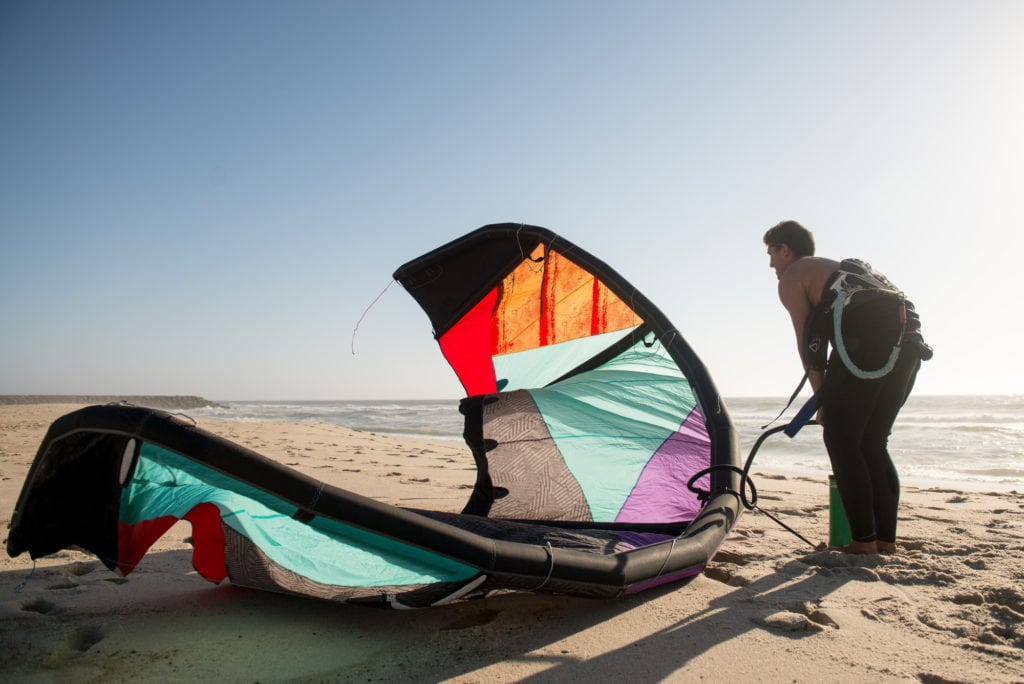
In 2017, James Crook founded Forty1 Kitesurfing to improve his favorite extreme sport. All too often, shallow waters and reduced wind would dampen a kitesurfer's ride. As a mechanical engineer, James knew there had to be a way to create more lift while preventing drag. After a lot of trial and error, Hydrofin™ became his brand's flagship product.
Hydrofin™ is a set of low-profile hydrofoils that improve the kiteboarding experience in less-than-ideal weather conditions. Hydrofoils weren't a new invention, but everything on the market cost over $1,300 and didn't work in shallow water. Further, they often required a new board to install. Hydrofin™ changed that. It retrofits existing kiteboards, is portable, and costs a fraction of the price.
Ocean Rodeo
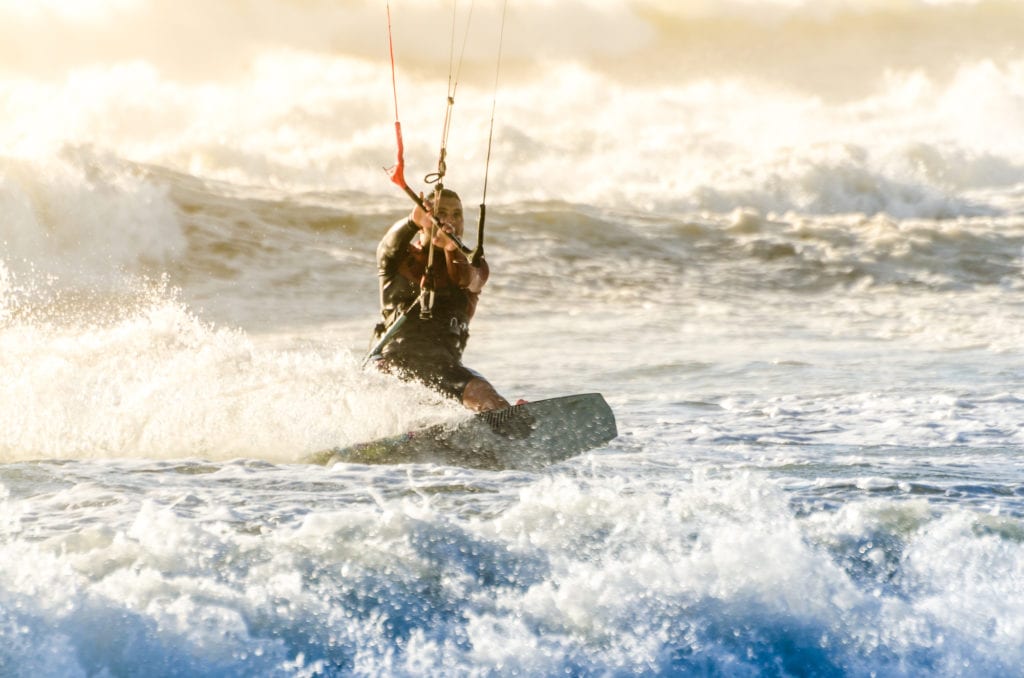
Strong winds, cold water, and a rocky coastline make Vancouver Island one of the best places to test kiteboarding equipment. Richard Myerscough and Ross Harrington took advantage of the location when they founded Ocean Rodeo in 2001. Both guys were award-winning windsurfers. At the time, kiteboarding was still new on the extreme sports scene, and the founders knew they could make it better.
Today, Ocean Rodeo carries a full line of innovative kites, bars, and boards. They were the first company to create a flexible kiteboard. The brand's ultra-light ALUULA airframe delivers refined wind performance, better handling, and more lift. It's a must-have product for both novice and expert riders. Every product launched by Ocean Rodeo helps riders improve their technique and take the sport to the next level.
Flying into the Kiteboarding Niche
The most successful kiteboarding brands found a way to improve the sport's shortcomings. VADATEK's easy-to-use bindings made it easier for riders to get on and off their boards. Forty1 Kitesurfing improved the kitesurfing experience in poor weather and shallow water. If you want to make waves in this growing niche, selling custom gear is the way to go.
Kiteboarding is highly personal. Participants learn on generic, beginner-level boards, but as they gain experience, they soon upgrade to custom gear. Regardless of their ability, every rider needs the right equipment. Check out this gear list and recommended MSRPs:
- Board ($100-$1,500+)
- Kite ($45-$2,100+)
- Control bar and flying lines ($250-$600)
- Anemometer - ($16.99-$150)
- Safety harness - ($150-$300)
- Wetsuit ($75-$500)
- Eye protection - ($32.95-$249.99)
- Flotation vest - ($119.99-$300)
- Emergency whistle - ($5-$29.95)
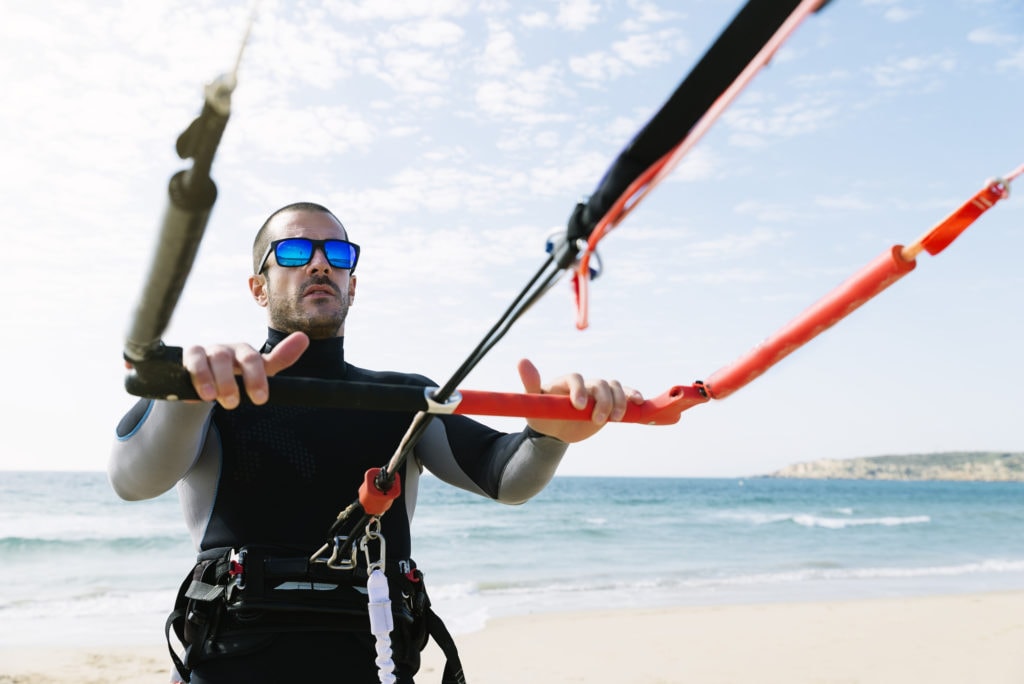
Kitesurfing isn't a cheap hobby. But don't let that hold you back—the average household income for this sport's target audience is $95K. Most riders are in their 30s and have plenty of disposable income to invest in a new hobby. Beginners usually pay $1,000 or more for all the necessary supplies. Experts will drop several thousand more for custom upgrades and ground-breaking products.
Sure, innovating upon existing gear is the best way to launch in this extreme niche, but you can still build a successful brand even if you don't have an engineer at your disposal. Many beginners seek convenience over quality. Consider packing everything needed to hit the water into a single, all-in-one kit. And if you pair your kits with helpful how-to videos, informational ebooks, or fun accessories, your customers will continue to come back for more.
Serving a Risk-Taking Audience
Who is the ideal audience for an up-and-coming kiteboarding company? Generally, kiteboarders are adventure-seekers who are open to taking risks and comfortable with failure. Sound familiar?
Entrepreneurs and kitesurfers share many traits. And some of the most well-known startups in the world launched because of kiteboarding. Not convinced?
In 2012, investor Bill Tai organized a business conference at a beach in Maui. Of those to RSVP was 24-year-old Melanie Perkins. She was an aspiring entrepreneur who had already tasted her fair share of failed companies. But this time around, she sought investment capital for a startup she knew would change the graphic design industry.
Before attending the gathering in Maui, Melanie decided to teach herself kitesurfing. Bill Tai loved the sport, and she wanted to impress him. The plan worked. While at the conference, she kiteboarded with some bigwig investors. Melanie walked away with $3 million in seed money led by Tai. She used the capital to launch Canva, a graphic design platform now worth $15 billion.
Of course, your audience may not be just investors and entrepreneurs. But even kiteboarding families have a risk-taking mindset that sets them apart from the crowd. (Besides, children who enjoy kitesurfing may exhibit entrepreneurial tendencies as they grow up.)
An Extremely Social Bunch
Kiteboarders spend a lot of their downtime online. And like many hobbyists, they seek out like-minded people and follow influencers on social media. Here are some famous (well, at least in the extreme sports niche) kitesurfing profiles to help launch your brand take a flying leap:
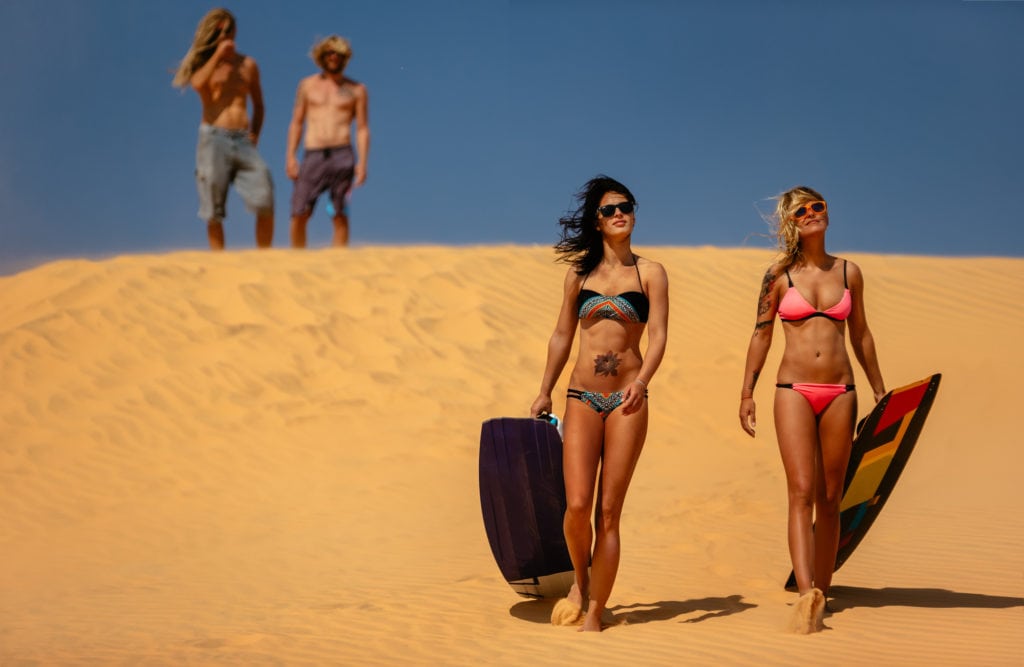
- Kitesurfingworld: This popular Instagram profile connects over 157K riders to the best kitesurfing hot spots in the world.
- Jeremietronet: Pro-kiteboarder Jeremy Tronet shares his signature tricks and death-defying stunts with an Instagram fanbase of over 44.2K.
- Kiteboarding Junkies: Join this public group on Facebook to mingle with 12.6K kiteboarding aficionados.
Looking for Something Less Risky?
While kiteboarding is all about taking risks, some entrepreneurs prefer something a bit, well, safer. It's possible to launch a lucrative business in the kite sports arena without committing to thousands of dollars worth of inventory. An authority website can help you do just that.
Take Kitesurfer Area, for instance. This website provides new riders with all the info they need to get started. Two kitesurfers manage the site, filling it with gear guides and equipment recommendations. Curious newbies can even sign up for private lessons before they leave, as long as they can make it to Vietnam. The site brings in about 4K monthly visitors, and while that may not seem like a lot, the owners do make a solid income off affiliate links.
The Takeaway
Kiteboarding is hotter than ever. During the 2020 COVID pandemic, people looked for outdoor activities where they could have fun and still social distance. Kite sports fit the bill, and both hobbyists and water sports fanatics can't get enough.
But kiteboarding isn't an inexpensive game. It takes several thousand dollars to buy the necessary equipment. Many riders will spend even more for instructional lessons and guidance. Luckily, the target audience brings in about $95K per year, which is $27K over the nationwide average.
Launching a kite sports brand is the perfect way for an extreme entrepreneur to take flight in this adrenaline-pumping industry. By 2024, the kiteboarding market should reach or exceed $367.01 million. And there is plenty of room in this uncharted space to grow a kitesurfing business that you can sell for 7-figures or more.
